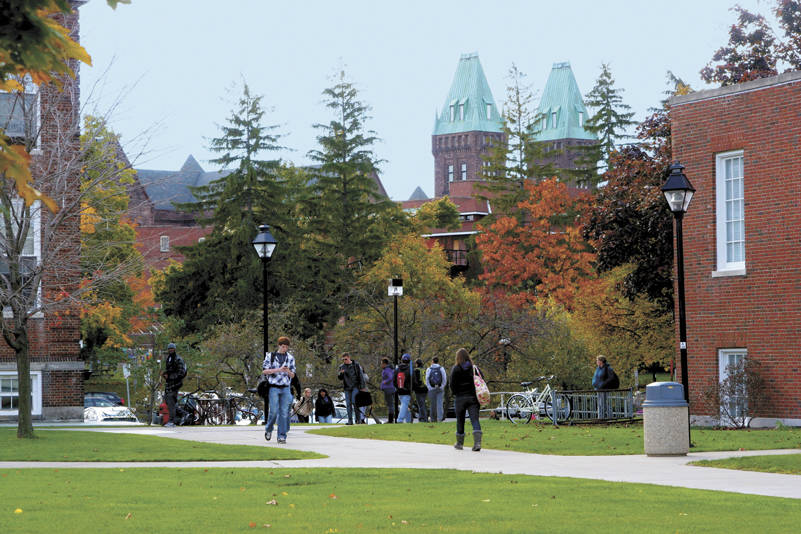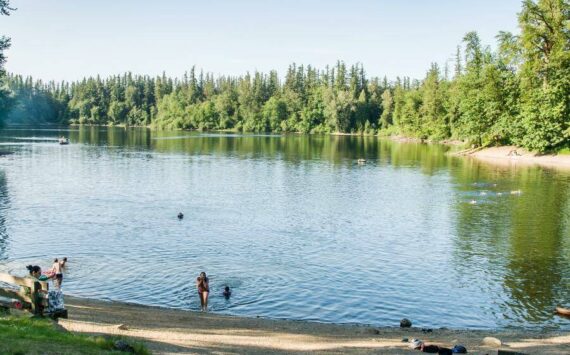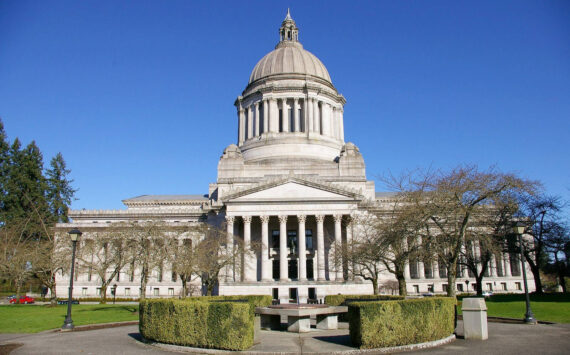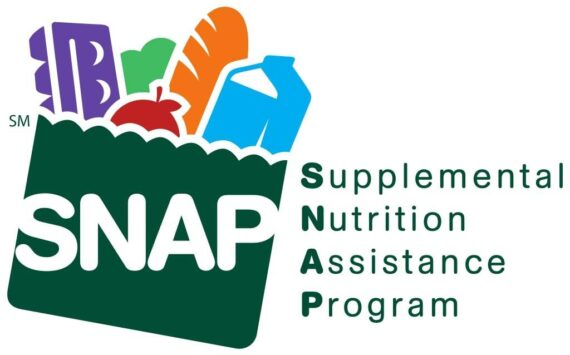By Morf Morford
Tacoma Daily Index
How is life after 2020 different from every year that came before?
Let me count the ways….
School, work, health care, haircuts, baseball, grocery shopping and live performances are only a few of the everyday – or even special – aspects of life that have been turned inside out, upside down and baked in a pie in 2020.
School, for example, back in those distant, innocent days of 2019, was predictable to a fault; school was five days a week, started in the morning at a set time, ended in the afternoon. School buses ran on a schedule. School started in September and finished up in June.
You could rely on children being in school on a remarkably predictable schedule. Or at least from the point of view of 2020, it seems remarkable.
It was entirely mundane back then. School is, and was, considered one of the basic planks of any civilized society. Solid, safe and effective schools are the foundation of any society that believes in preparing the next generation(s) for the future.
In fact, without schools, there is no future. There is just repetition. Without children learning their histories, fundamentals of math, the basics of communication and more than a few social skills and internalizing the adaptability to peer pressure and external demands, there is nothing to build on.
Rain or shine…
Back in the naïve days before 2020, we used the term “rain or shine” to make the point that, no matter what was going on in the world, the scheduled event would occur.
But that was before 2020 when virtually every event was cancelled – no matter what the weather was. It could have been ideal weather – or circumstances – but by the middle of 2020 essentially no public events occurred.
Major concerts, football games and even weddings were cancelled or dramatically curtailed.
Prior to 2020, the assumption about schools was that there were determined categories of activities, mostly wrapped around learning, but also including student clubs, sports and other student-centered possibilities.
In 2020 schools became, in many areas, food distribution centers or COVID testing sites.
During hurricanes or other natural disasters, schools have become de facto safety zones.
Maybe we should reconsider what schools could be – who they should appeal to and when they should be used.
Most schools, again, in those halcyon days of 2019, were bustling from about 8 am to about 3 pm, empty in the evening and thoroughly abandoned on the weekends.
Schools are expensive to build and maintain. Maybe we should build them for more audiences than students and more activities than teaching – and for schedules far beyond 8 am to 3 pm.
And maybe we should build them so they last more than twenty or thirty years.
Most universities for example, are designed to look nearly eternal – with brickwork, towers and literal “pillars” around the campus. At most established universities there is a strong sense of legacy as much as an emphasis on a major or career track.
K-12 schools tend to look like, well, they look like each other. For better or worse, you rarely see a memorable looking elementary school – or even high school.
Why not? Why don’t we see community or neighborhood history, values or notable local figures inscribed in the walls or even built into the architecture?
And the names of our schools? Can we think of no other names for our schools than presidents?
In our state we have streets, schools, counties and fruits named after presidents – our state is even named after a president.
I support honoring our presidents, but how is naming an elementary school an honor?
And if it is, shouldn’t we be honoring local people, those who have stood up for local needs and challenges be honored? Isn’t their example more immediate and more visible than someone who died two hundred years ago, who never set foot in the Pacific Northwest?
How about naming our schools after some native plants? Or some feature that defines our geologic history and character?
How about Tsunami High School? How about Trillium or Salal Elementary? Or Fireweed or Madrona Middle School? Or Coho High?
There is no doubt that 2020 will leave its mark – by monuments built, removed or renamed, by our schedules, our priorities and our values refined and reshaped.
In 2020 no monument, even a mountain name or two, is safe from unexpected scrutiny.
I grew up around the Puget Sound area and heard stories about how this area changed more between 1941 and 1943 than in the fifty years before or fifty years after.
The same thing is true of 2020.
War, chaos, upheaval – or even a world class virus – can stop, speed up, invert and change us and the textures of our communities forever.
We are seeing changes at levels, at speeds and at intensities none of us would have imagined or believed just a few short months ago.
From masks to toilet paper to pocket change, nothing – from the most mundane to the most frivolous – is as it was before 2020.
What most of thought of as “normal” – our work schedules and routines, what we spent our money and time on, even where we went on vacations – or how we got there – seems like a vision lost in the mists of time.
I also think that as we look back, we will marvel at what we put up with in terms of commutes, crowds, work demands or personal debt.
Some things, like how many college graduates are left with hundreds of thousands of dollars of student debt and the failures of our health care system will be hard to believe just a few years from now.
The inequities in everything from toilet paper to housing to law enforcement have become even more prominent.
For better or worse, there is no looking back. We are in a different world.





